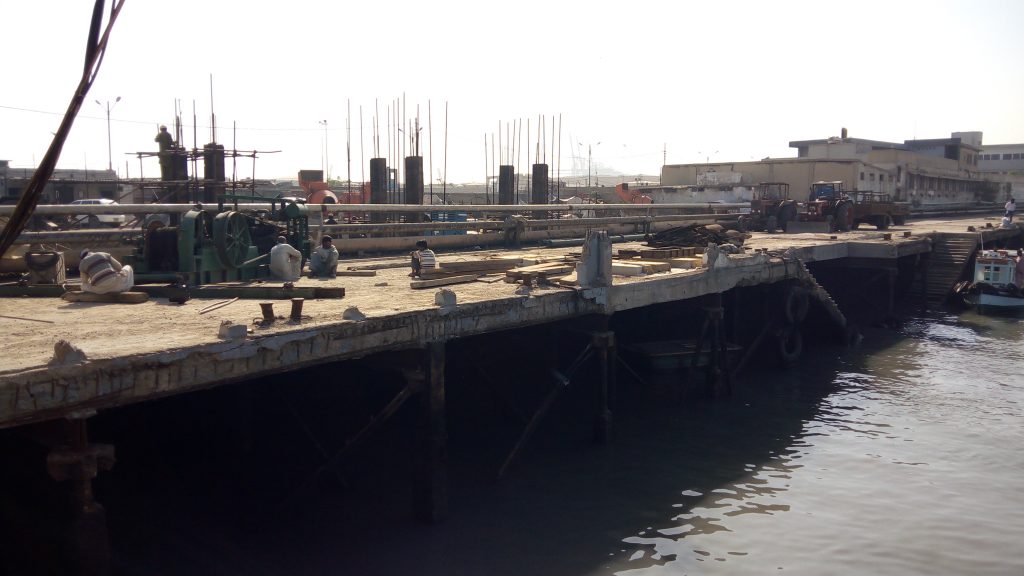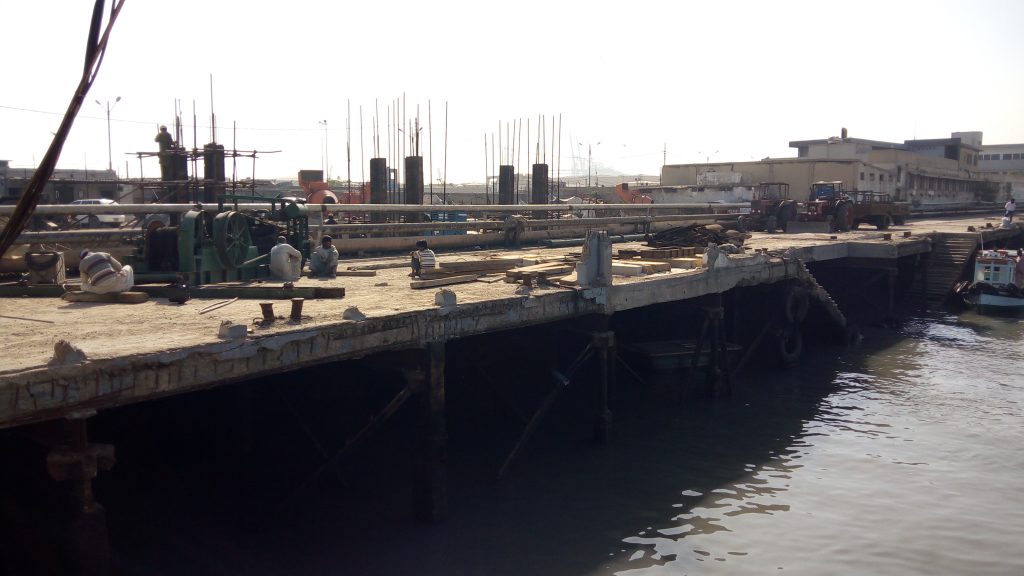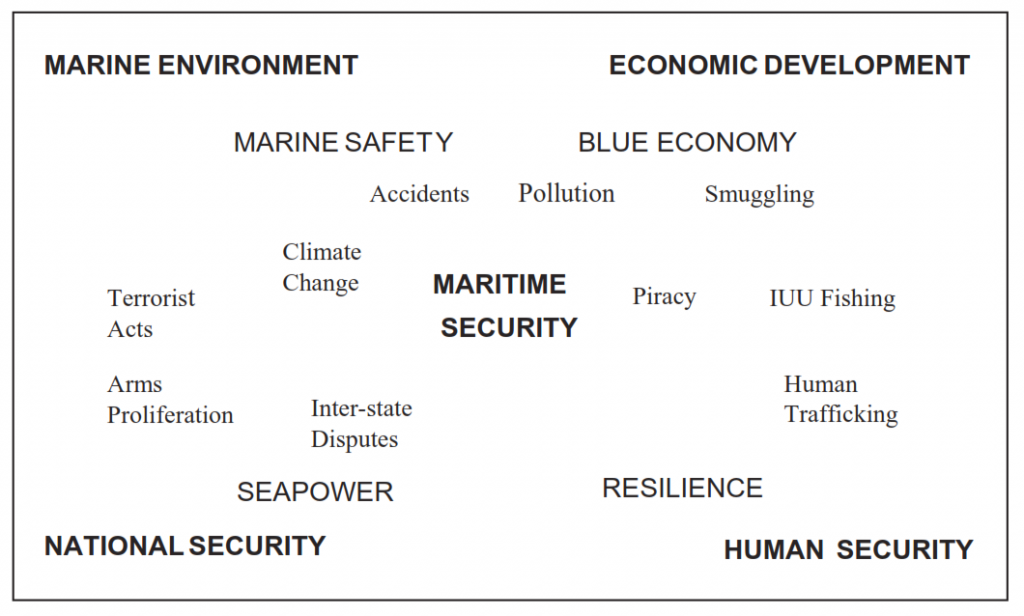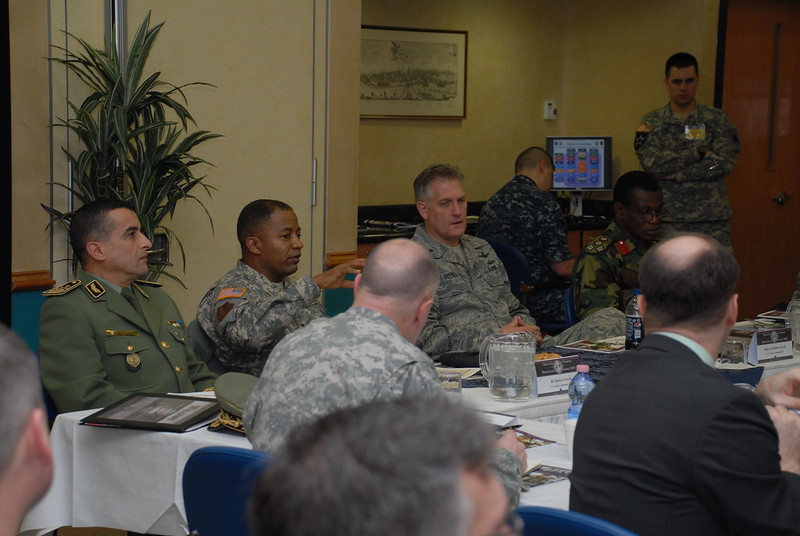The Blue Economy and Maritime security are two of the major frameworks for the contemporary discussion of ocean governance. Although some efforts have been made to define what the blue economy consists of, it is yet another fuzzy term with indeterminate meaning of the ocean governance agenda. The term has notably become important to frame the discussion on sustainable development. In particular, Small Island Developing States and African states have embraced blue economy as one of their guiding ideas. Yet, what are the convergences between blue economy and maritime security thinking? And why is it important to think both together?
Refining SPIP
SAFE SEAS has just published two new Concept Notes outlining initial project results. The first is titled Capacity Building and the Ownership Dilemma and discusses the importance of ‘local ownership’ in international capacity building endeavours and security sector reform. It also explores the importance of the principles of local ownership within the context of the SAFE SEAS SPIP methodology. The … Read more



 Concepts are not only descriptive of our activities, they are also prescriptive. They direct actions and provide a certain understanding of how things should be done. They stand for distinct (political) projects. The projects analyzed in SAFE SEAS aim at building capacity for maritime security. While the concept of maritime security has been discussed in a
Concepts are not only descriptive of our activities, they are also prescriptive. They direct actions and provide a certain understanding of how things should be done. They stand for distinct (political) projects. The projects analyzed in SAFE SEAS aim at building capacity for maritime security. While the concept of maritime security has been discussed in a 
